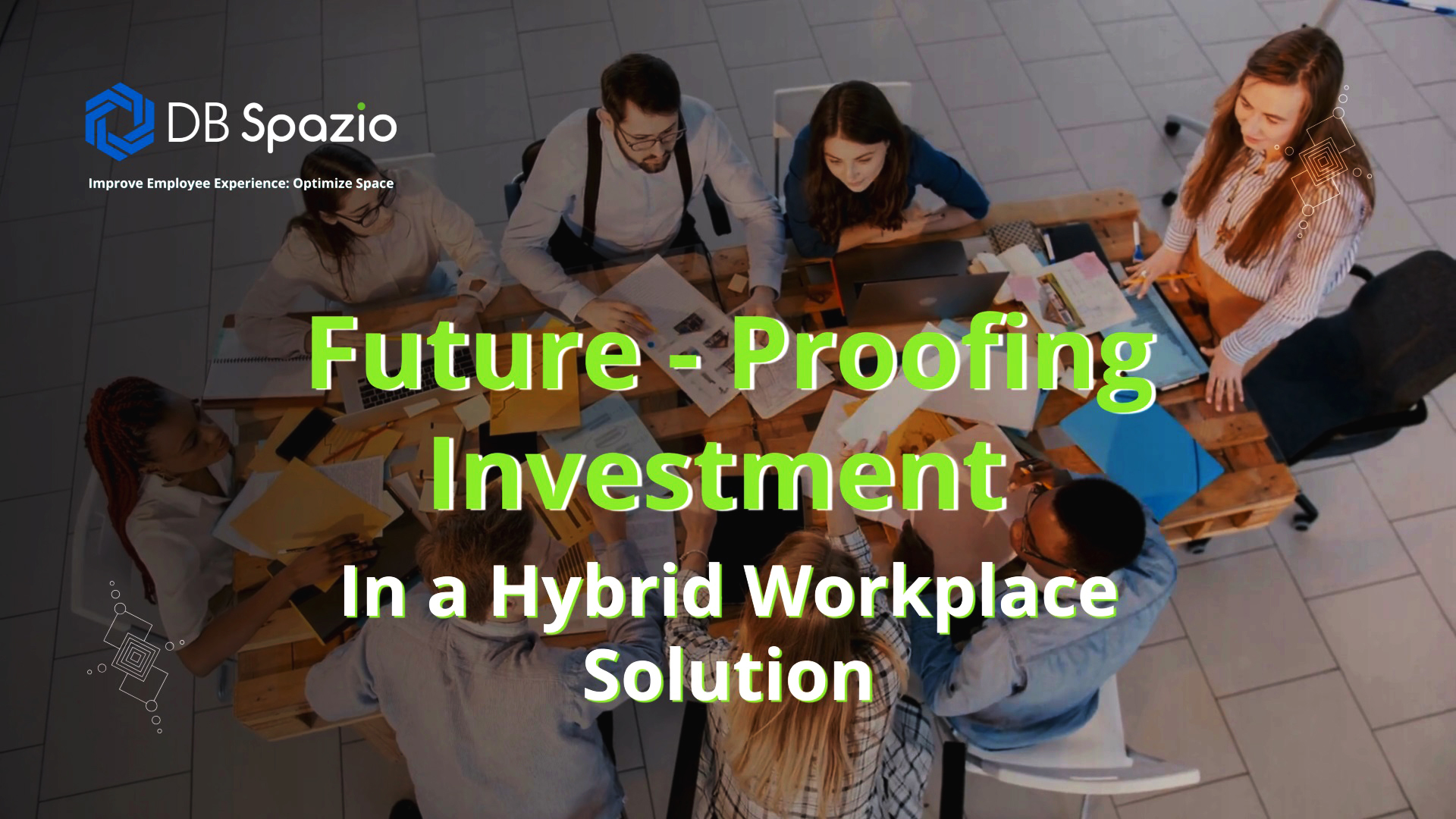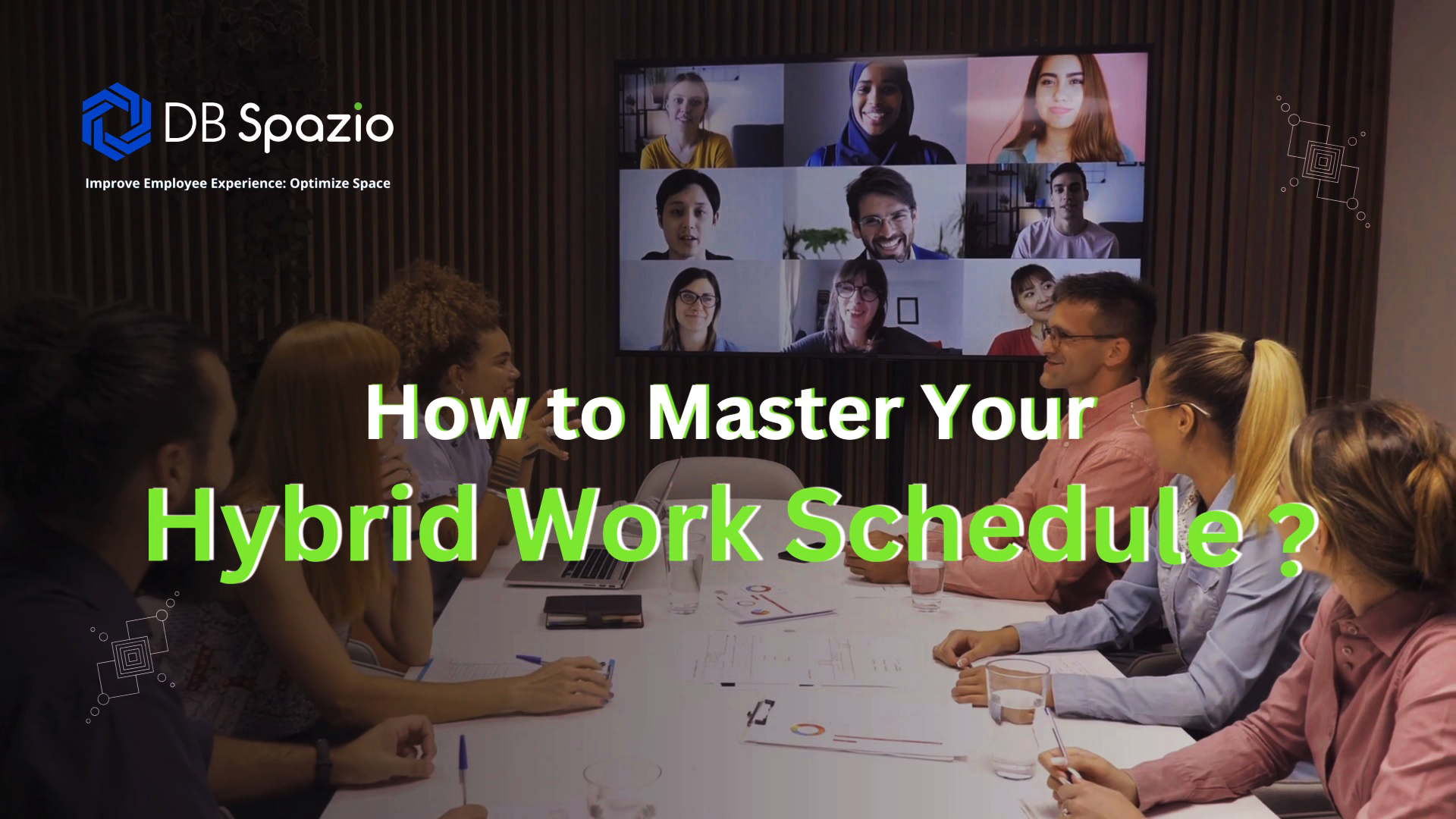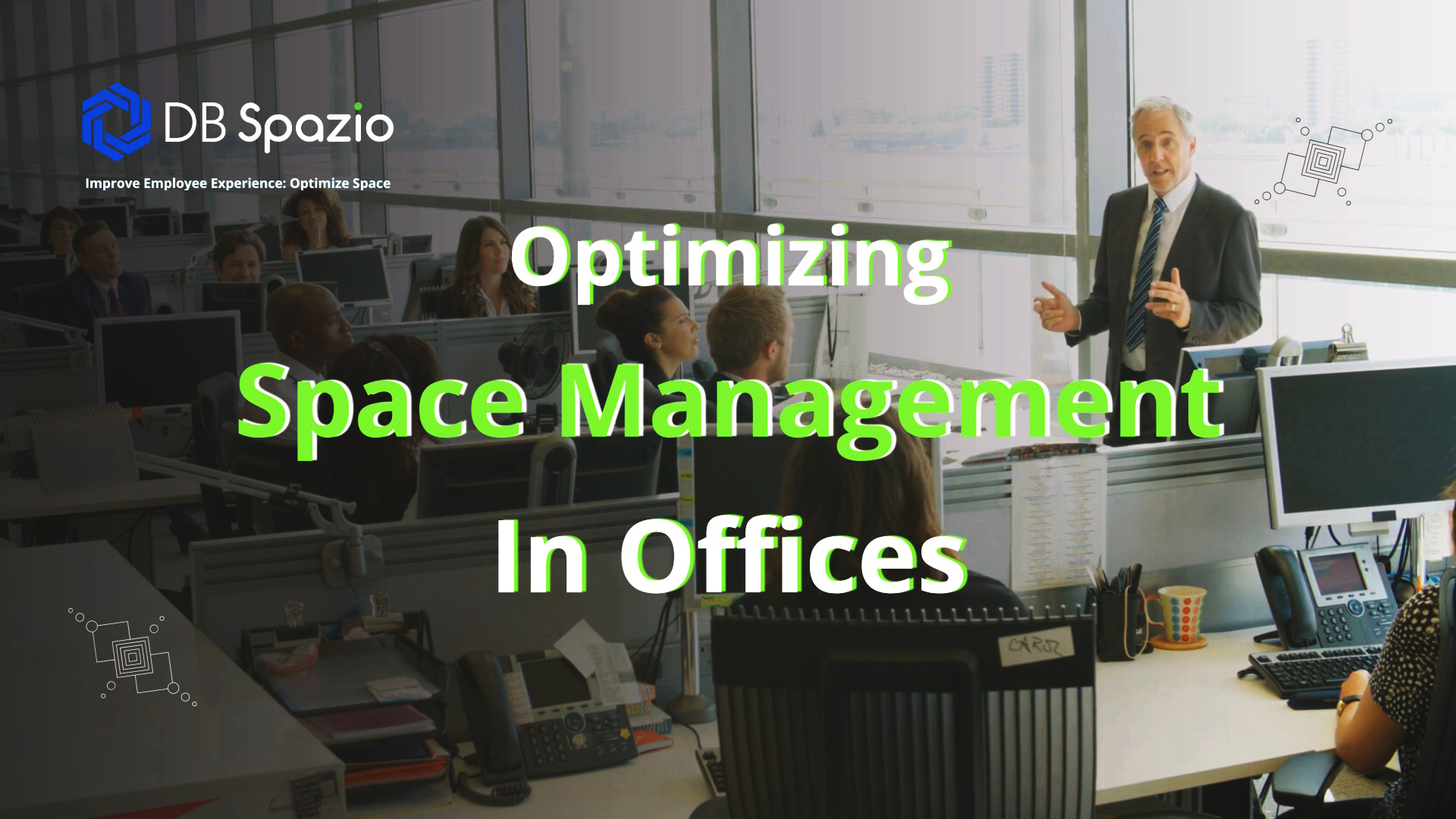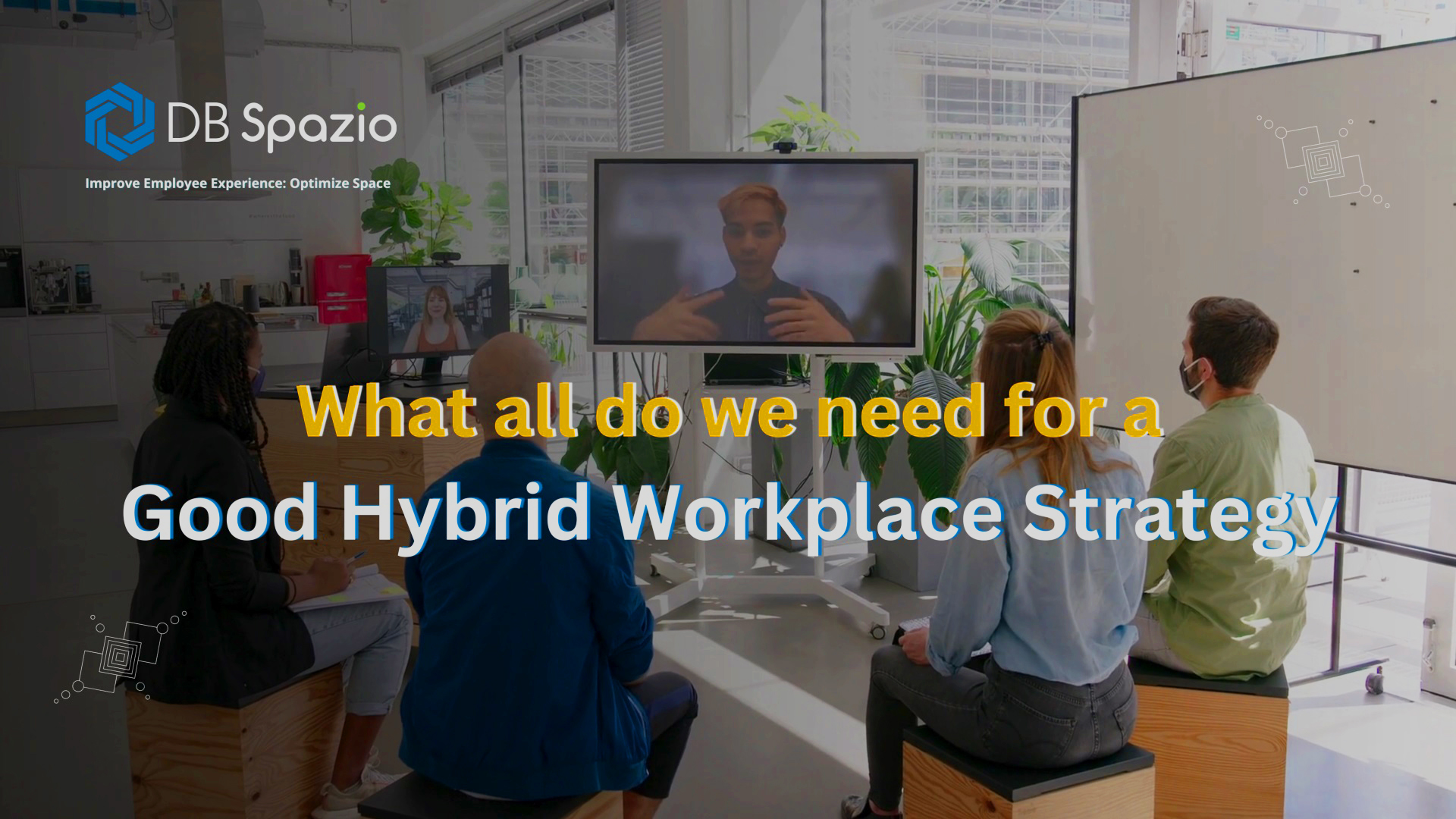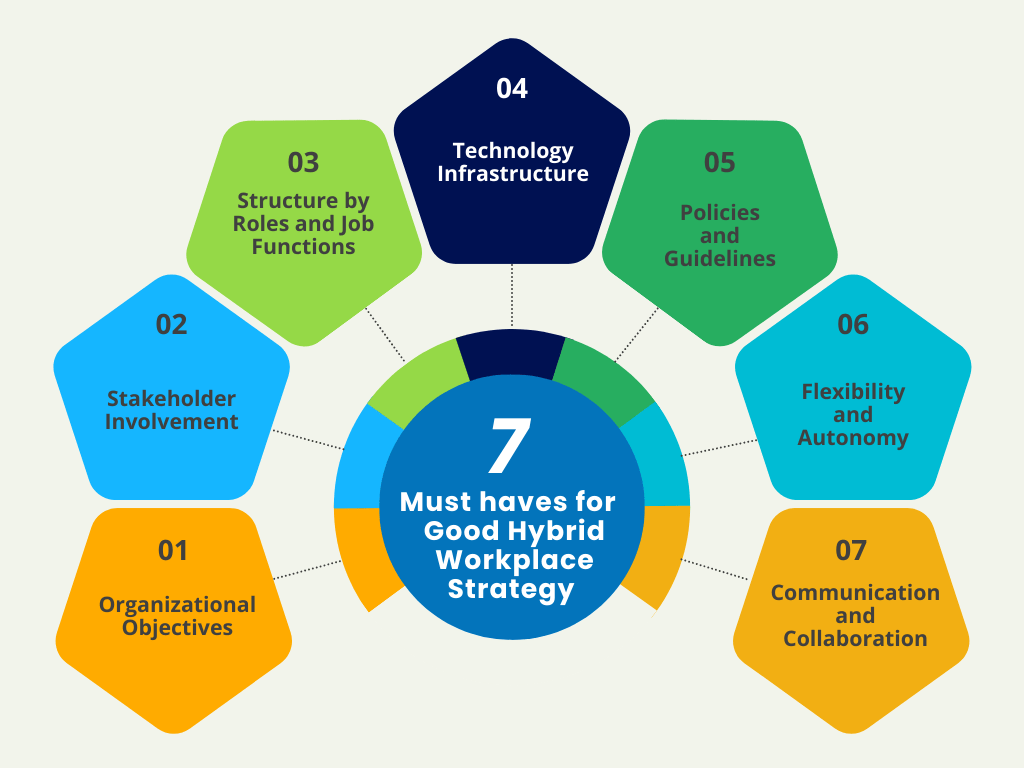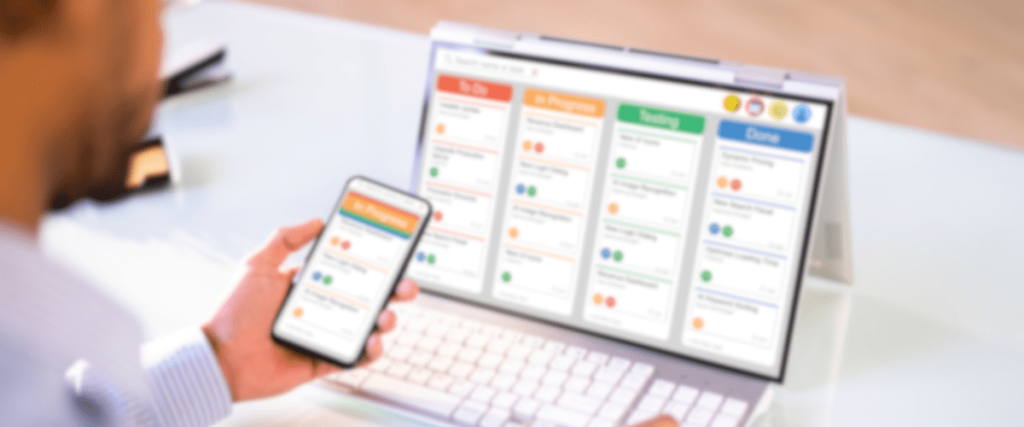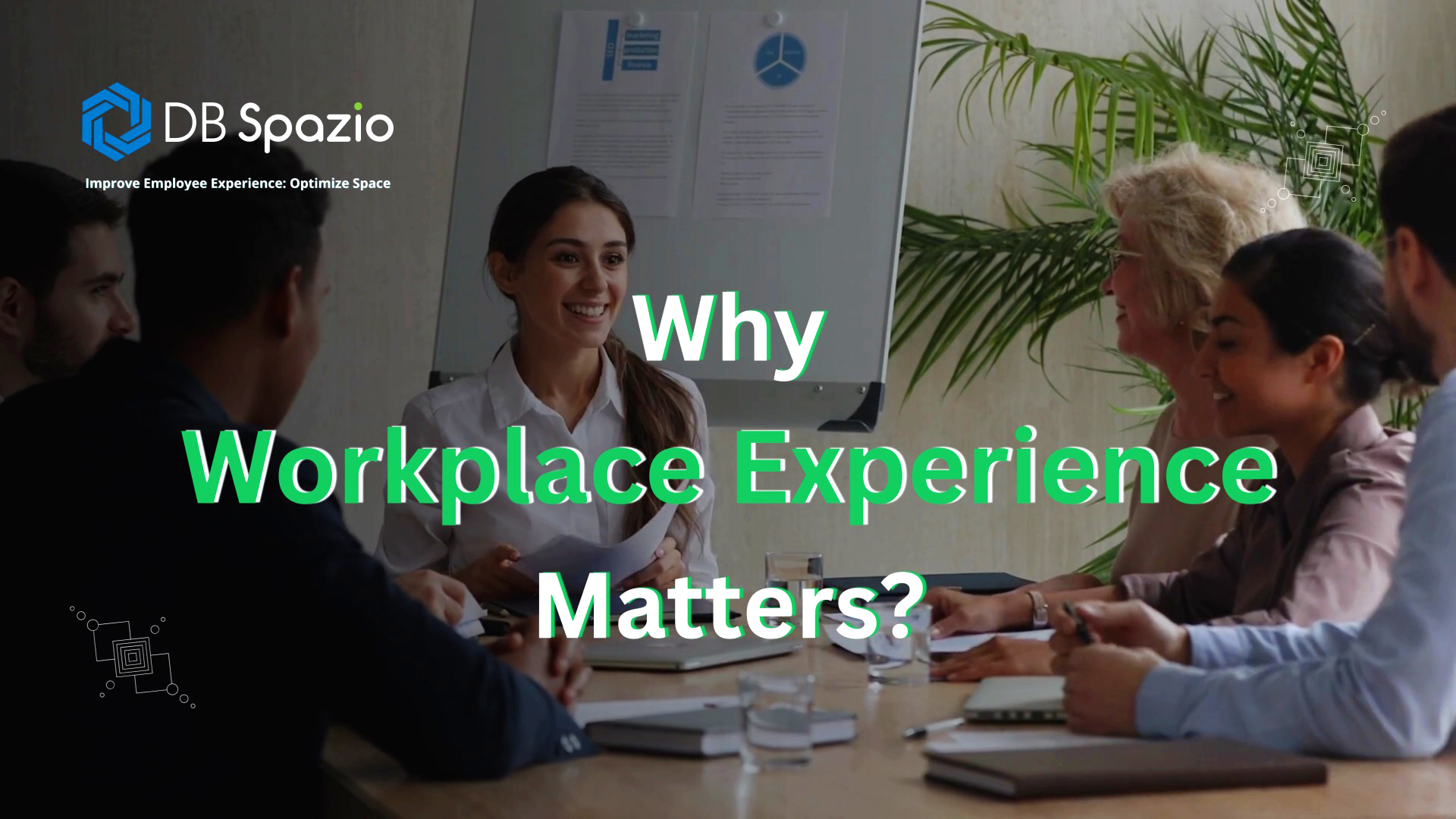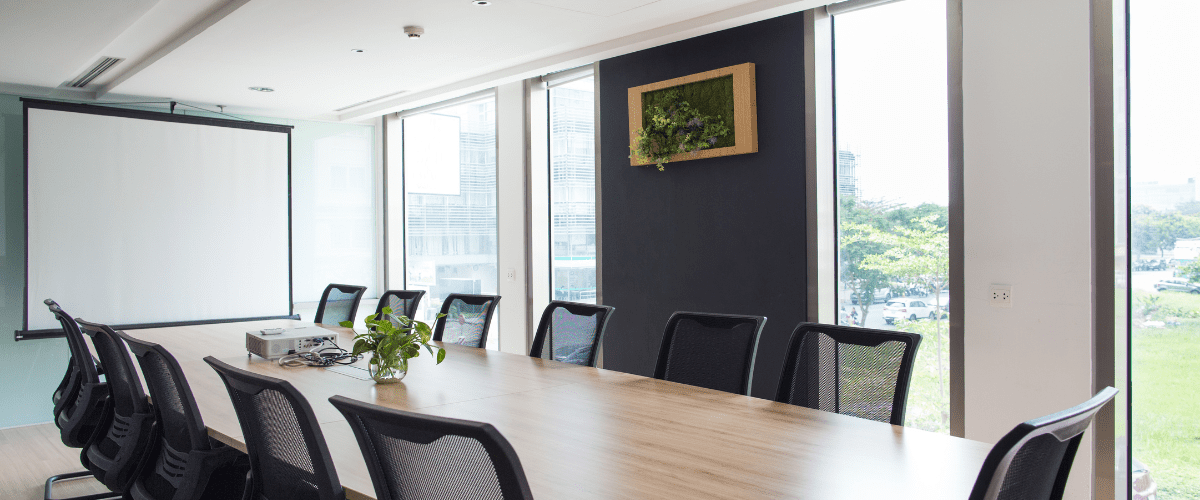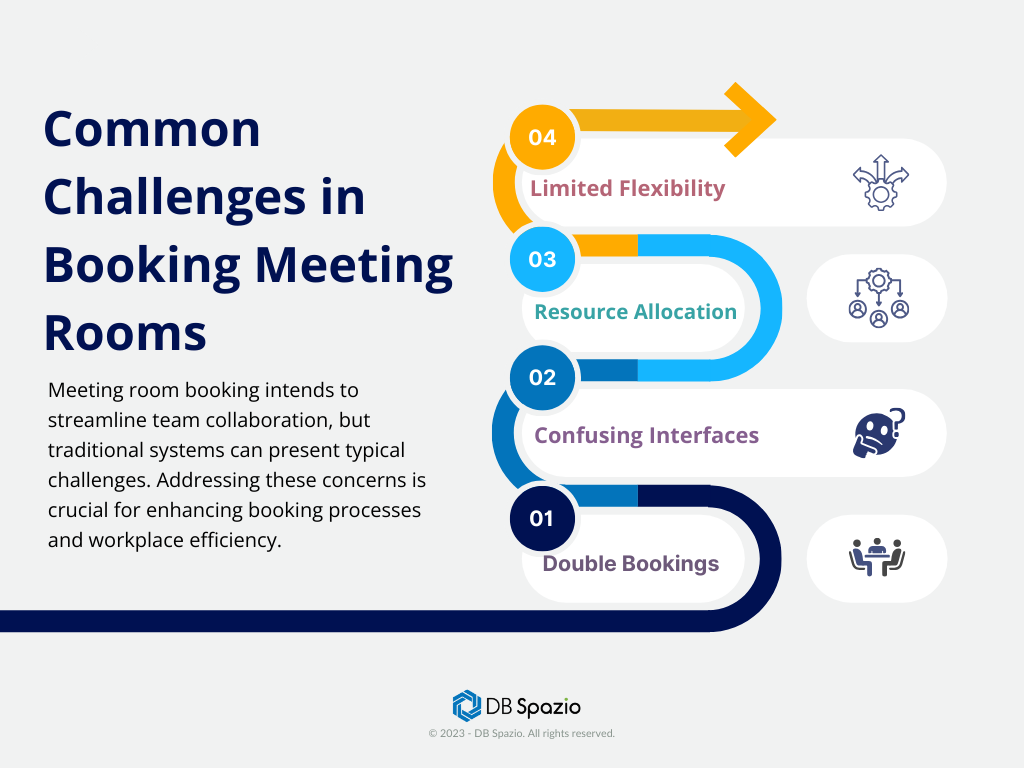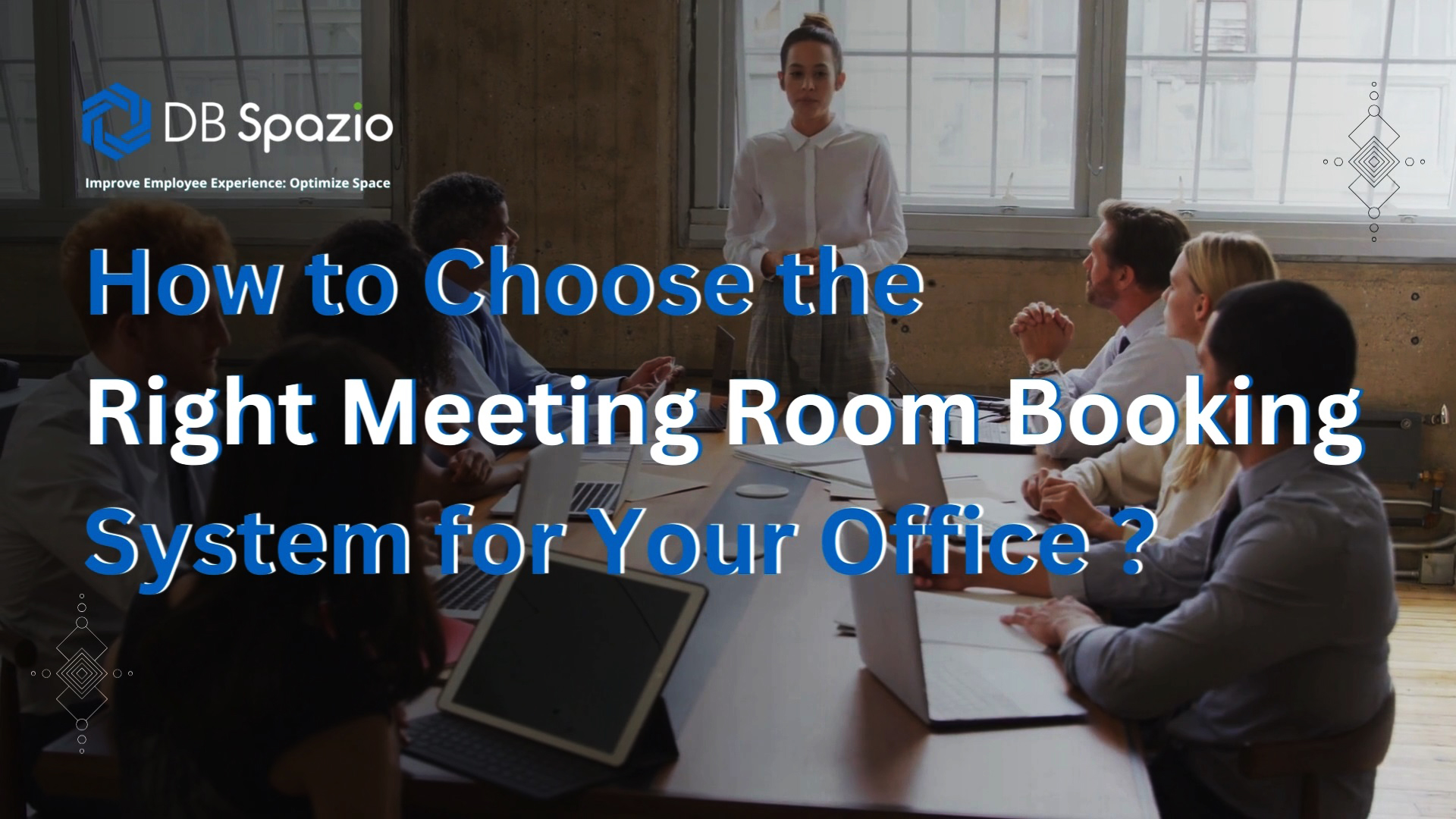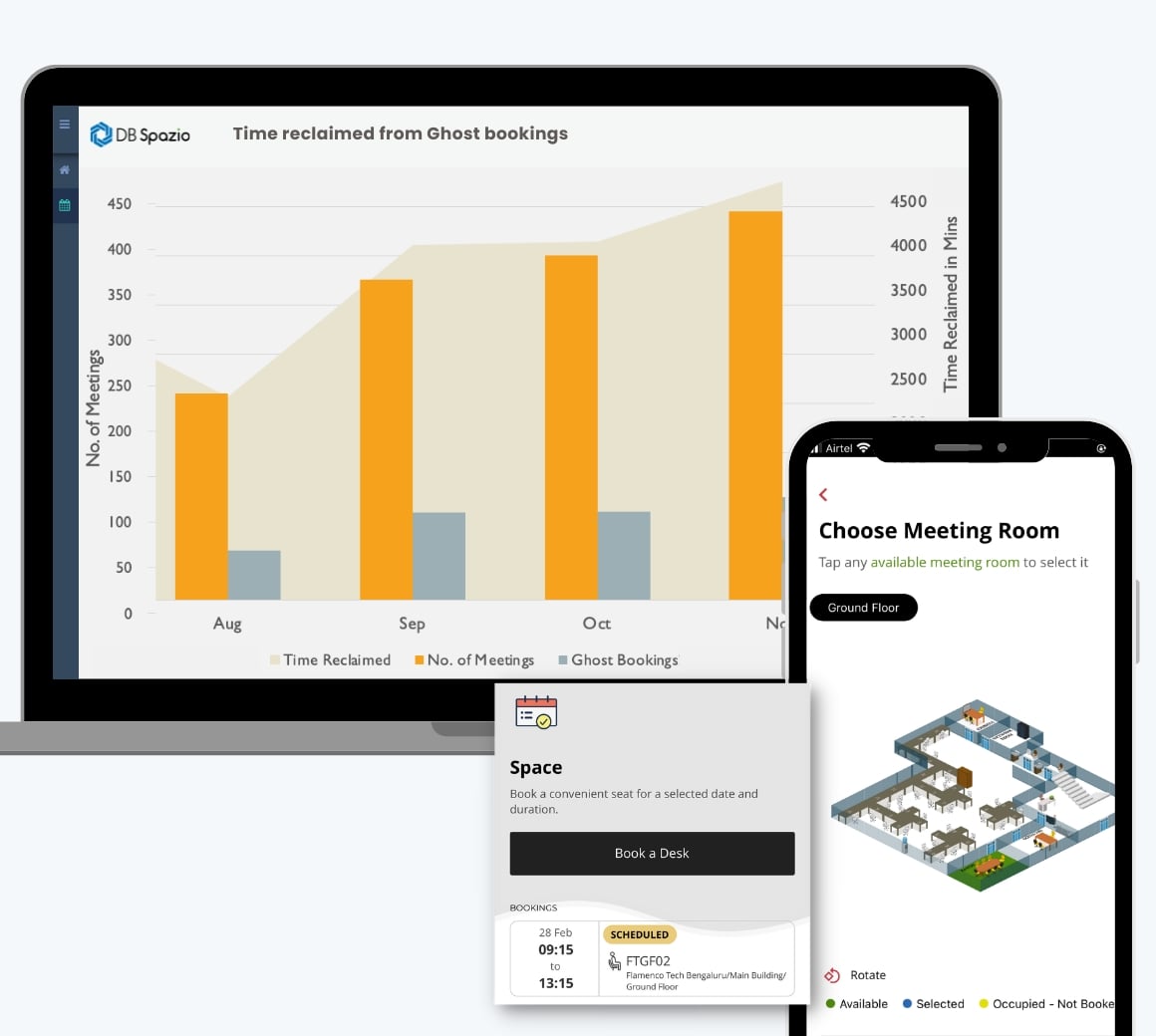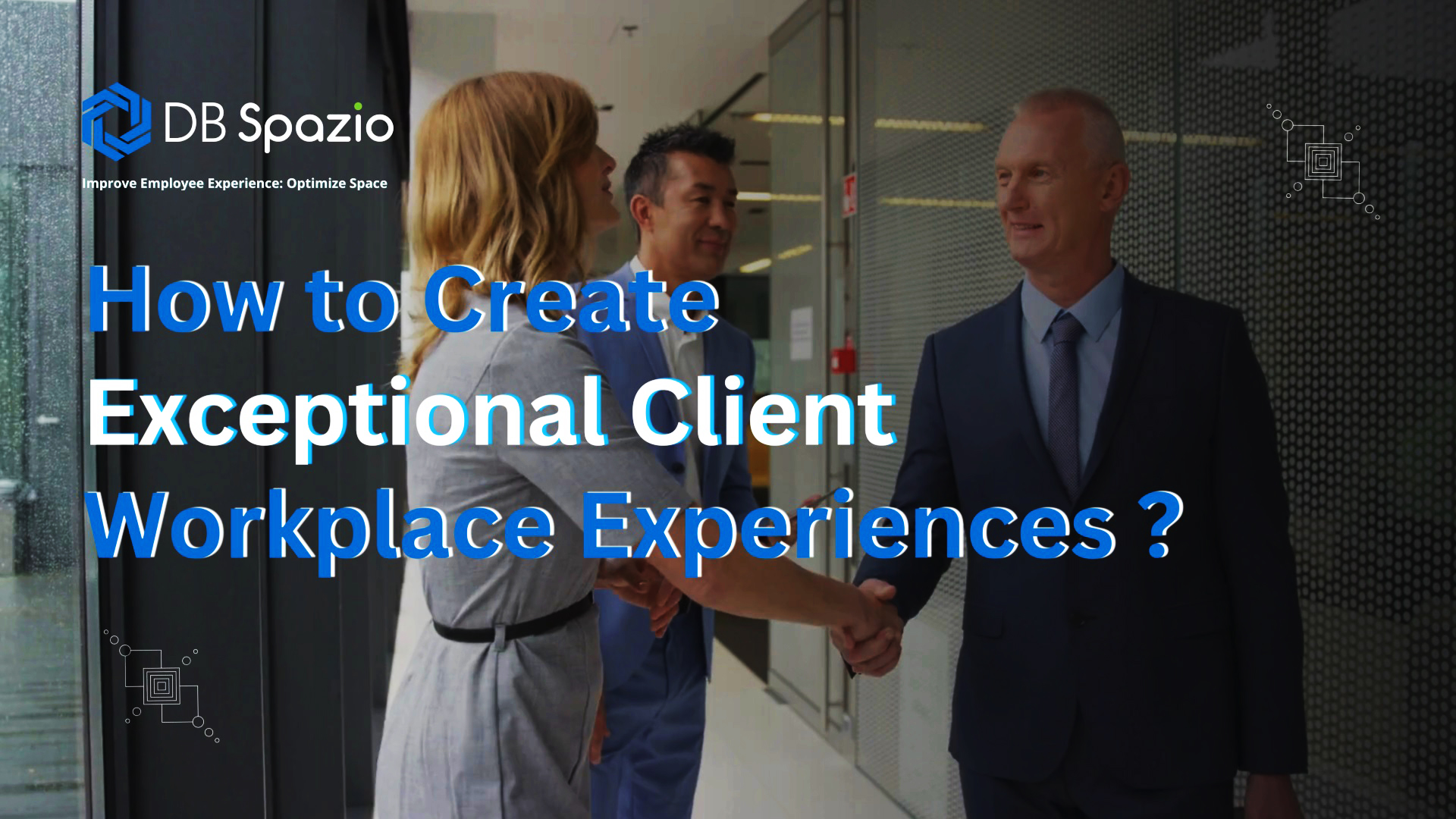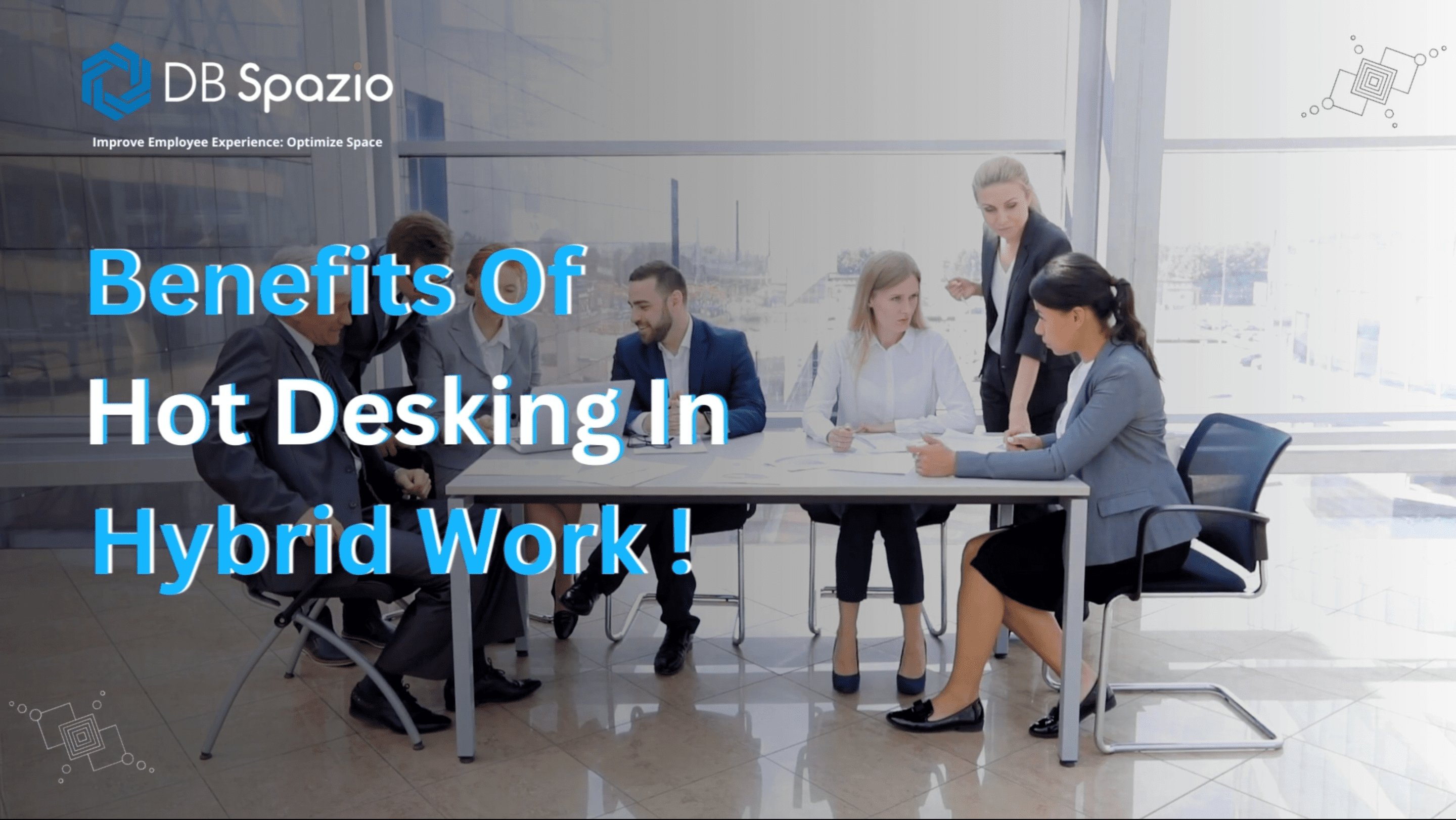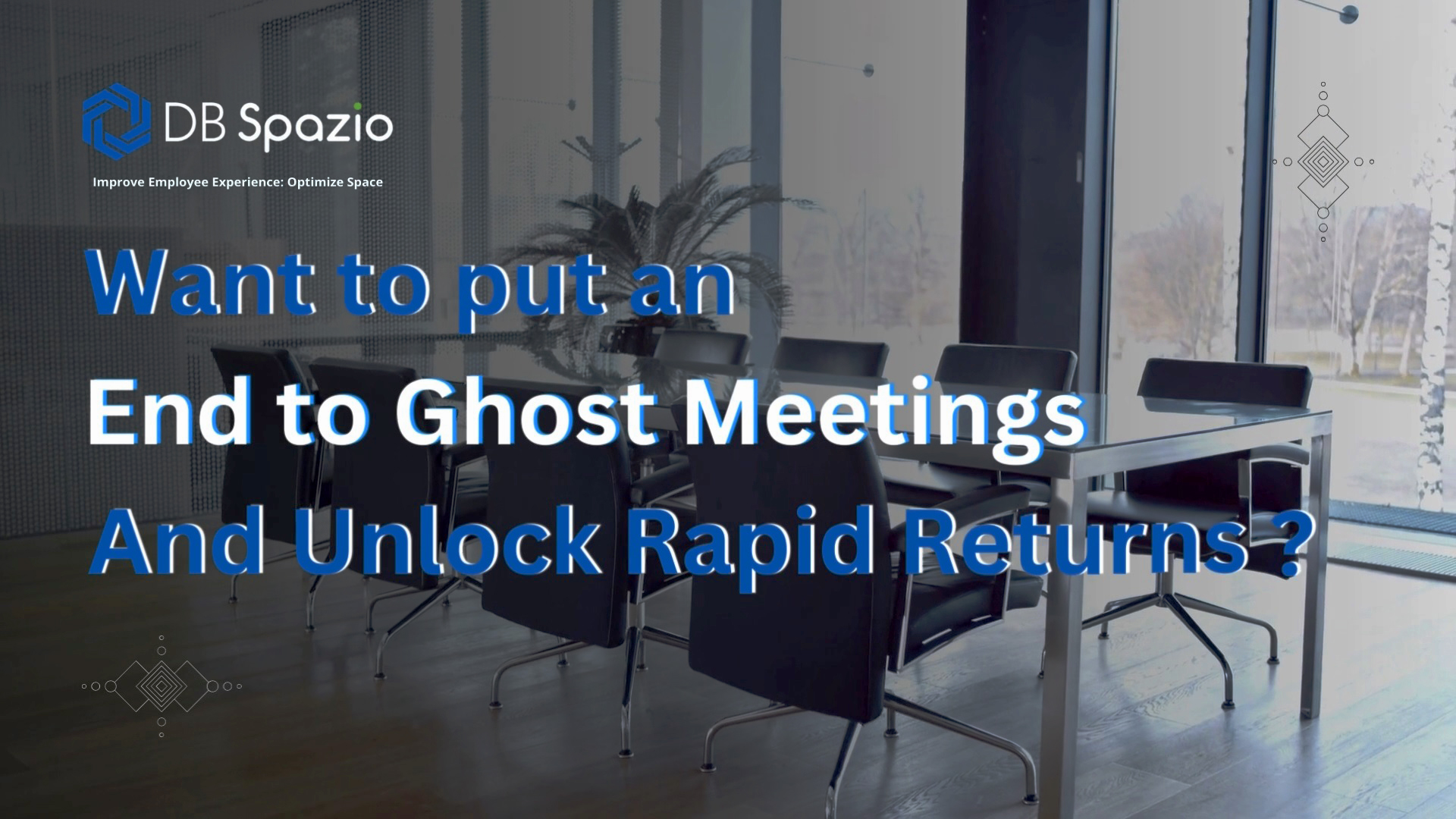Visitor Management – Introduction
In our ever-evolving and security-conscious world, the effective management of visitors within organizational premises has become an indispensable priority for businesses across diverse industries. Businesses are also recognizing the need to invest in visitor management to enhance the workplace experience for both employees and visitors alike. This emphasis on visitor management becomes even more crucial amidst the ongoing shift from traditional full-time office setups to hybrid working models.
Recent research by Open PR highlights a significant surge in the Global Visitor Management System Market, with an anticipated Compound Annual Growth Rate (CAGR) of 12.8%. This growth trajectory is expected to propel the market from US$ 931.2 million in 2021 to nearly US$ 2440.8 million by 2029.
This blog delves into the significance of Visitor Management, spotlighting its dual role in fortifying security measures and streamlining operational efficiency.
Why Visitor Management Matters:
Inadequate Visitor Management isn’t just a security concern; it directly affects the experiences of visitors and employees. Beyond the immediate threat to security, it can erode brand reputation and undermine customer trust.
Picture this: unauthorized individuals gaining access to sensitive areas or incidents of theft occurring due to lax visitor oversight. The repercussions extend far beyond the immediate incident, influencing how a company is perceived by its clients and partners. This not only jeopardizes security but also hampers the overall experience for those interacting with the business.
In a world where positive experiences are paramount, effective Visitor Management becomes indispensable for fostering trust and creating a secure, welcoming environment for everyone.
To summarize, the importance of a visitor management system, let’s look at some of the challenges that an organization faces when don’t use a robust system and technology to manage its visitors.
- Security Concerns: Balancing accessibility for visitors along with maintaining stringent security measures can be challenging at times if it is not leveraged using relevant technology.
- Long Wait Times: Lengthy wait times during check-in processes can lead to visitor dissatisfaction.
- Inadequate Visitor Tracking: Difficulty in monitoring and tracking visitor movements throughout the premises poses a considerable security risk.
- Manual Processes: Relying on manual check-in and registration procedures can be time-consuming and prone to errors. Paper-based systems may hinder efficiency and cause delays.
- Limited Visitor Experience: Failing to provide a positive and seamless visitor experience can affect the organization’s reputation as insufficient guidance, unclear directions, or unfriendly staff can leave a negative impression on visitors.
Key Components of Visitor Management:
To address the challenges discussed above, it is essential to understand the fundamental elements of an effective Visitor Management system. These include:
- Robust Registration and Check-In Processes:
- Streamlined digital processes for quick and accurate visit requests and visitor registration.
- Efficient check-in procedures using self-service kiosks to minimize wait times and enhance the visitor experience.
- Offering mobile capabilities such as scheduling and notifications, to enhance convenience for visitors and staff.
- Identity Verification Protocols and Badging:
- Stringent verification steps to ensure the accurate identity of each visitor.
- Integration with identification technologies, such as ID scanning or facial recognition.
- Storing identification information within the system as per the compliance needs
- Providing Badges/ Access control cards to visitors
- Seamless Integration with Access Control Systems:
- Coordination with access control systems to restrict visitor access to authorized areas.
- Real-time updates and synchronization to adapt to changing access permissions.
- Real-Time Monitoring Capabilities:
- Continuous monitoring of visitor activities throughout the premises.
- Instant alerts for any trespassing, suspicious behavior or security breaches.
- Wayfinding and Navigation Apps:
- Integrate wayfinding and navigation apps within the workplace to help visitors easily locate their destination within the facility.
- These apps can guide them to meeting rooms, offices, or specific departments efficiently.
- Stringent Data Privacy Measures:
- Implementation of robust data protection protocols to safeguard visitor information.
- Compliance with privacy regulations to ensure responsible handling of visitor data.
- Feedback Collection: Utilize the scheduling platform to gather feedback from visitors, allowing continuous improvements in the scheduling process and overall visitor experience.
- Data Analytics and Reporting: Analytics and reporting functionalities to provide insights into visitor data for optimization.
A well-integrated system ensures a holistic approach to security and operational efficiency, covering each aspect of the visitor’s journey within the organization.
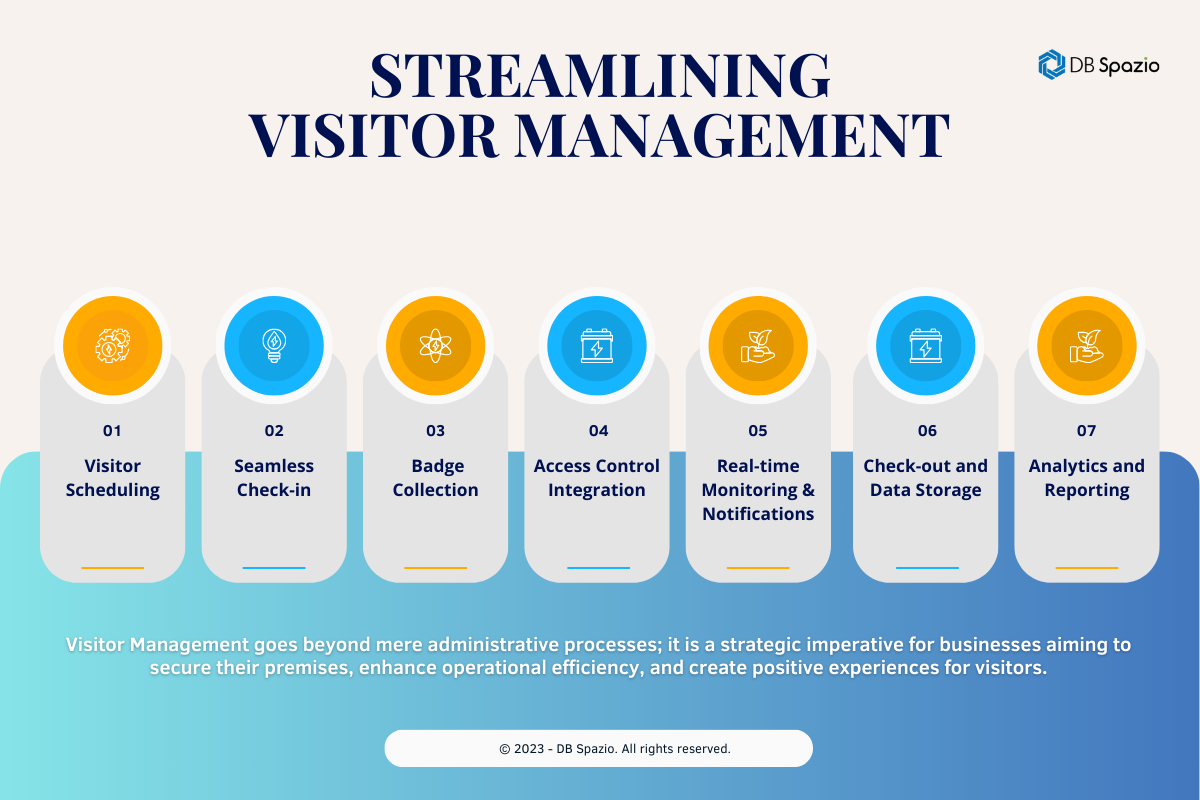
Benefits of Implementing Efficient Visitor Management:
Enhancing Security:
Implementing a robust Visitor Management system significantly enhances security measures within an organization. By accurately verifying the identity of visitors, restricting access to authorized areas, and monitoring activities in real time, the system acts as a deterrent against potential threats. Businesses can proactively safeguard their premises, assets, and sensitive information.
Improving Operational Efficiency:
Beyond security, Visitor Management streamlines operational processes. The system automates registration and check-in procedures, reducing administrative burdens. This efficiency translates into time and resource savings, allowing staff to focus on core responsibilities. Additionally, a well-managed system contributes to a positive work environment, boosting overall productivity.
Enhancing Visitor Experience:
A positive first impression matters! A Visitor Management System, managed with efficiency, establishes a warm and inviting atmosphere for guests. Quick and streamlined check-in procedures, along with clear navigation throughout the premises, coupled with the convenience for employees to add visitors when reserving meeting rooms and resources, collectively create a seamless experience. This not only fosters a positive brand perception but also imparts a sense of value and security to visitors, elevating their overall experience.
Leveraging Technology – DB Spazio’s Visitor Management System
DB Spazio is a one-stop solution for all hybrid work requirements to ensure delightful employee experiences, collaboration & productivity while planning the workspace efficiently.
DB Spazio offers a holistic Visitor Management System, effortlessly managing visitors and crafting Exceptional Client Workplace Experiences for your client visits, making it the preferred technology for seamless visitor interactions.
Streamline Visitor Experience using DB Spazio’s “Visitor Management System (VMS)” to manage visitor/ guest visits easily.
- Schedule visitor requests
- Contactless and seamless check-in facility for visitors
- Ease of movement across the office through wayfinding
- Access Control with Real-Time Monitoring
- Smooth Checkout Process
- Data Insights and reports to optimize visitor management
Benefits
- Convenience of employees and visitors
- Improve brand image through a seamless visitor management process
- Improved safety and compliance
Read more about seamless guest/ visitor experience using DB Spazio: Enhance Guest & Visitor Experience using DB Spazio
Future Trends in Visitor Management: AI Integration
As we peer into the future of Visitor Management, the integration of Artificial Intelligence (AI) emerges as a transformative force. AI not only augments security measures but also propels operational efficiency to unprecedented levels. Here’s a deeper dive into how AI integration will revolutionize Visitor Management:
- Predictive Analytics for Security Threats:
- Utilizing AI algorithms to analyze historical data and predict potential security threats.
- Implementing real-time risk assessment to proactively address and mitigate security risks.
- Facial Recognition Technology:
- Leveraging AI-powered facial recognition for enhanced identity verification.
- Creating a seamless and secure entry process for authorized visitors.
- Behavioural Analysis for Anomaly Detection:
- Implementing AI algorithms to analyze visitor behaviour and detect anomalies.
- Flagging unusual patterns or suspicious activities for immediate attention.
- Personalized Visitor Experiences:
- Using AI to personalize the visitor experience based on historical data and preferences.
- Providing tailored guidance and services to enhance overall satisfaction.
- Integration with Smart Building Technologies:
- Connecting AI-powered Visitor Management systems with other smart building technologies.
- Creating a cohesive ecosystem that optimizes energy usage, space management, and overall building efficiency.
- Touchless Solutions for Health and Safety:
- Introducing touchless check-in processes using AI-driven technologies.
- Adapting to health and safety concerns with contactless interactions.
- Continuous Learning and Adaptability:
- Implementing AI models that continuously learn and adapt to evolving security threats.
- Ensuring that the system remains agile and effective in the face of new challenges.
DB Spazio has already introduced the new-gen AI-powered reservations for hybrid workplaces, designed to revolutionize the way employees reserve spaces. This cutting-edge feature automatically assigns desks/ amenities/ rooms based on employee’s past preferences, ensuring a seamless and efficient booking experience.
We are infusing AI into our Visitor Management System which transcends the superficial, delving into actionable strategies that redefine how businesses approach security, efficiency, and the overall visitor experience.
Conclusion
In summary, Visitor Management goes beyond mere administrative processes; it is a strategic imperative for businesses aiming to secure their premises, enhance operational efficiency, and create positive experiences for visitors. By understanding the risks associated with inadequate visitor oversight and embracing the key components of an effective system, businesses can position themselves for success in an ever-changing business landscape.
As we move into the future, the integration of AI promises to take Visitor Management to new heights, providing anticipatory security measures. The key takeaway is clear – proactive Visitor Management is not just a necessity; it is an investment in the resilience and success of a business. In the pursuit of security, efficiency, and positive visitor experiences, a well-managed system stands as a cornerstone for modern business.



